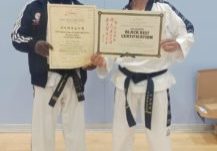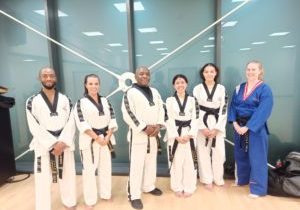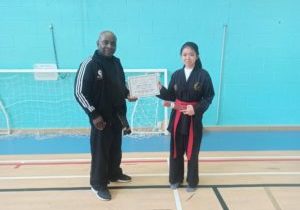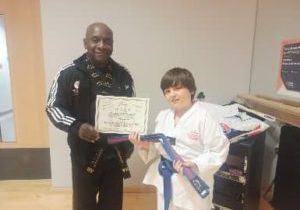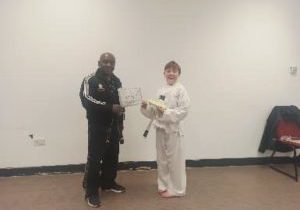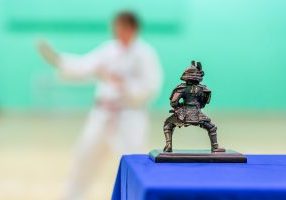Perhaps the most widely used as well as the most powerful kick is the Side Kick. Every martial art discipline has some form of the Side Kick as part of its basic system.
This kick is as versatile as it is common, being used as both an offensive and defensive technique. Strength is generated in a straight line from the mid-section, and because of this the recommended attacking area is the opponents torso area, or in the case of street self defence, the knee area.
The Side Kick is often demonstrated as being thrown face level, but that is not where it is most effective.
The Side Kick uses more muscle groups than any other kick, relying on the tensor fascia latae and gluteus muscles to raise the leg; the abdomen, oblique and biceps femoris muscles to draw the leg into chamber position; and the quadriceps muscles to push the leg out. Each group of muscles must work properly with the next in order for this kick to be thrown effectively. The Side Kick can be thrown from both a stationary position or while moving in towards the target for extra power as well as covering a greater distance.
Common Mistakes
The most common error made during this technique is not drawing the kicking leg up far enough to the chest, keeping the lower leg perpendicular to the floor rather than parallel.
Other mistakes include kicking like a roundhouse kick (which when done as a Side Kick is the cause of the majority of knee related injuries), leaning your body forward rather than back in a vertical line, and separating the movements of the kick rather than keeping them all in one continual motion.
Breathing
Inhale before you kick and as you perform the kick, exhale sharply. When you return to ready stance, inhale again.

